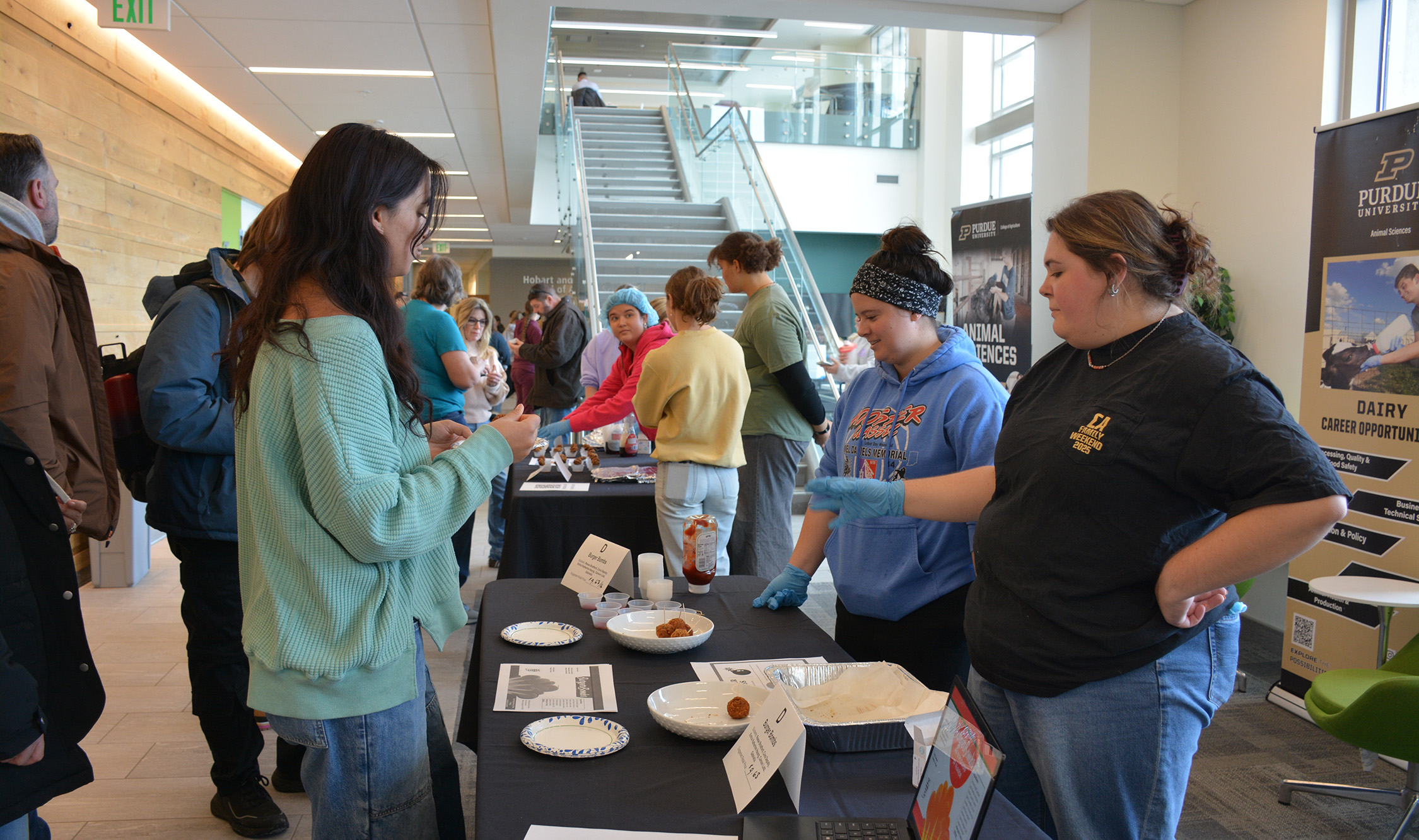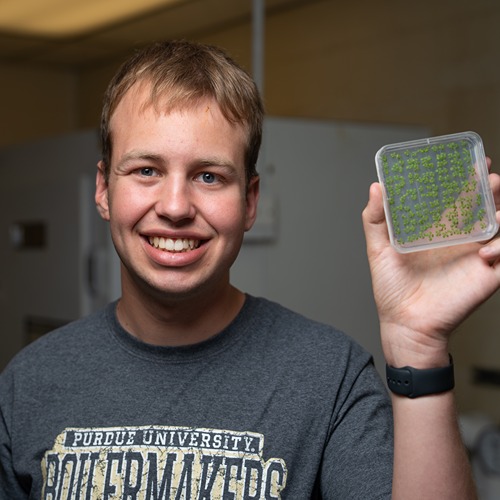Weathering the storm: How agribusinesses and farms can prepare for natural disasters
Major natural disasters, like Hurricanes Helene and Milton, caused severe economic and environmental damage in the southeastern region of the U.S. this fall. Although the coast is at the greatest risk for damage from hurricanes, researchers in the UK have found that they are reaching higher latitudes which can lead to more impact in the Corn Belt, said Laura Bowling, department head and professor of agronomy at Purdue University.
Bowling explained that these storms are getting stronger due to climate change. Higher ocean temperatures cause greater evaporation, leading to more intense storms that can travel further inland. The resulting heavy precipitation and high wind speeds present an immediate danger to people and agricultural systems. Potential lodging or waterlogging from wind, rain or flooding, for example, can cause low crop yields or even complete loss.
To prepare for these weather events, small agribusinesses can adopt several key mitigation strategies, according to Maria Marshall, who holds the Jim & Lois Ackerman Endowed Chair in the department of agricultural economics at Purdue and serves as the director of the North Central Regional Center for Rural Development. Marshall is also an expert in disaster resilience for small businesses, defined as companies with less than 200 employees.
“Having insurance in place and understanding the policies of your insurance coverage is a big deal,” Marshall said. “So is having your important documents in the cloud or backed up somewhere else
In the wake of disaster, Marshall emphasized, “The infrastructure around small businesses is going to be the most important to help them get back up and running so they can support their customers.” She said that the time between when they get hit by a major weather event and when their insurance pays for the damages can vary. In the meantime, she encourages individuals to reach out to federal, state and local disaster relief resources, such as applying for a Small Business Administration disaster loan.
Farmers also need to prepare for natural disasters. “Most farms take out crop insurance,” said Michael Langemeier, professor of agricultural economics and associate director of the Center for Commercial Agriculture. “While it’s not targeted for natural disasters, it can help. Data from the U.S. Department of Agriculture’s Risk Management Agency in 2023 show that 90% of corn and soybean acres in Indiana are protected by crop insurance.”
Langemeier said that yield drop due to weather events is the most relevant danger. “In 2012, when Indiana had a major drought, crop insurance covered some of the losses related to the huge drop in yield.” Revenue protection insurance similarly provides a buffer in case of low yield due to widespread events like drought or flooding.
He said, “With changing weather patterns, people need to think about what precautions to take, like changing crops, when they plant crops and seed variety.” He also suggested putting in tile drainage, which can be helpful in case of heavy rainfall, adding pivots to assist with irrigation and reducing tillage to preserve moisture.
“Think about contingency plans,” Langemeier said. “You can’t plan for everything, but you can plan for how to weather the storm.”





